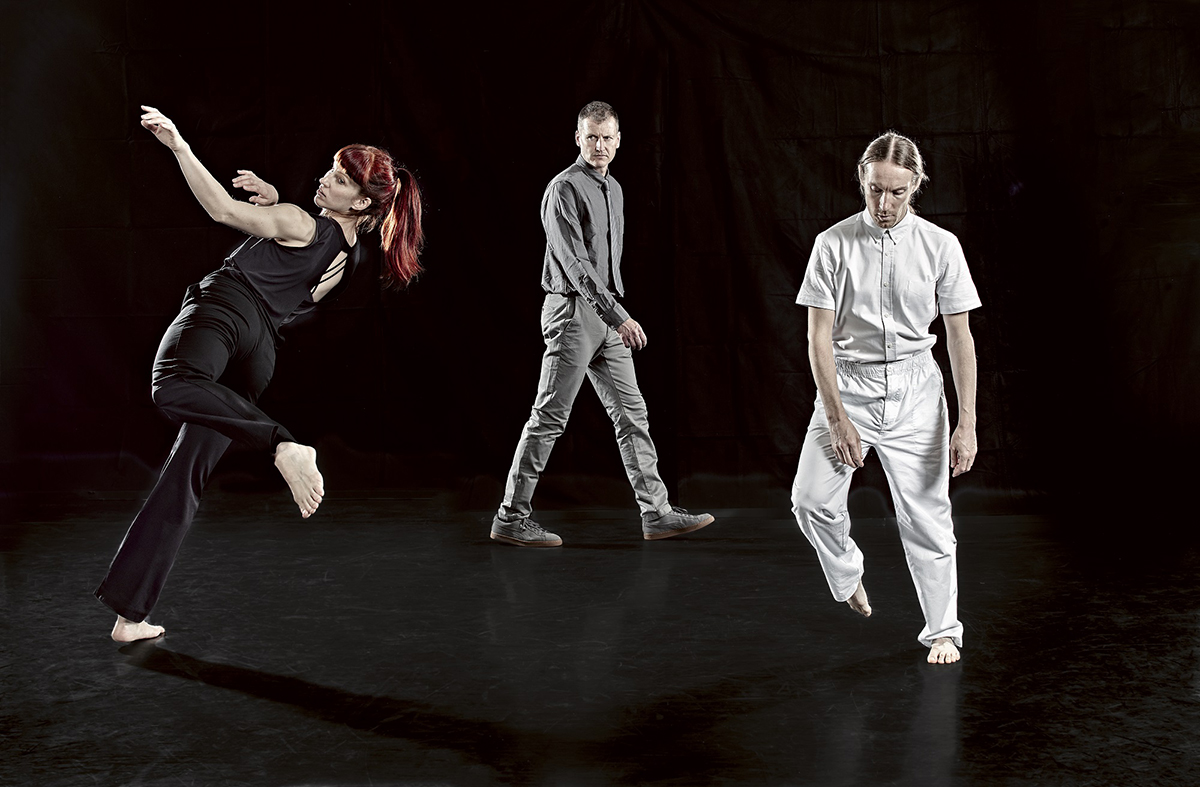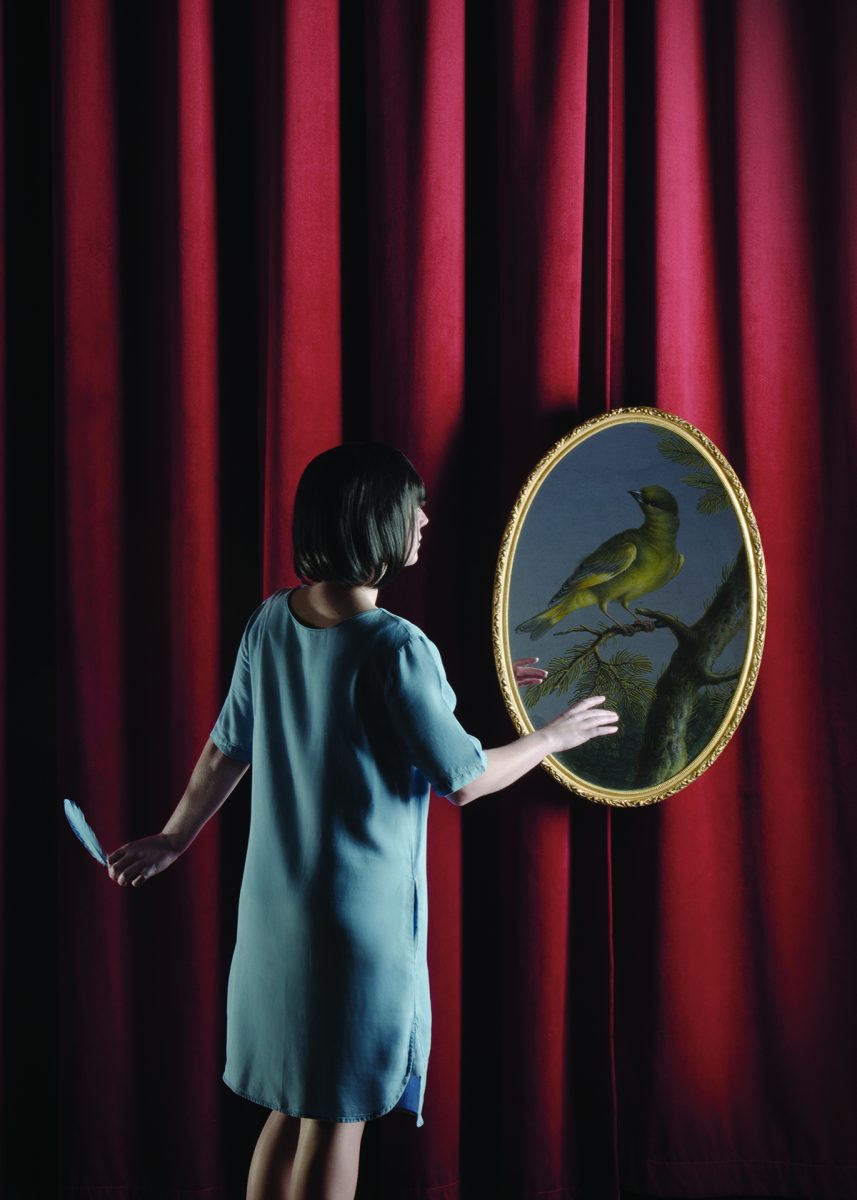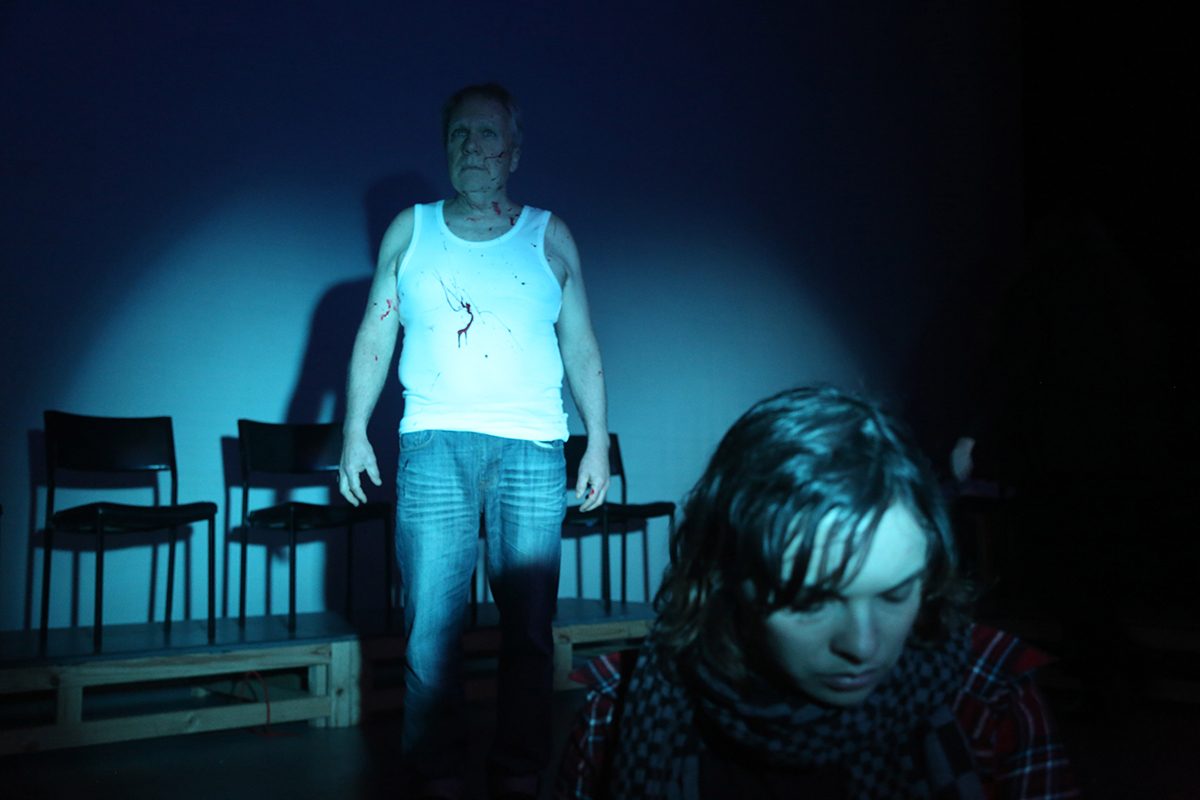
Performance Nurturers 1: inSPACE
With proportionally fewer subsidised small-to-medium arts organisations than the eastern states, South Australia has not traditionally presented its independent performance makers with a strong or steady supply of opportunities for the development and presentation of new work. Too often the work that does get up feels unready; more often still it does not get up at all, stymied by a lack of funds or the industry partnerships vital to bringing work to stage. With no large injection of money, à la the Victorian Government’s recent $115 million arts funding boost, the driving of the state’s crucial development infrastructure has been substantially left to two modestly resourced but impressively enterprising arts organisations.
South Australia’s nurturers
Vitalstatistix, based in the suburb of Port Adelaide, offers a yearly program of residencies, developments and showings with a focus on multidisciplinary work, culminating in their annual hothouse Adhocracy. There’s also the Performance & Art Development Agency (PADA), founded in 2015 by Vitalstatistix Director Emma Webb and creative producer Steve Mayhew — a key player in the reinvigoration of Country Arts SA’s Performance Development Program (formerly the Local Stages Initiative) — to develop and present new interdisciplinary work.
The other major player is the Adelaide Festival Centre’s inSPACE program, established in 2002 to provide South Australia-based artists access to the Centre’s framework of administrative, venue and production support. This will be the first of two articles assaying the range of development opportunities available to both emerging and established South Australian artists and will focus on inSPACE.
A second article will explore Vitalstatistix’s developmental programs and the new opportunities afforded by PADA. In a blog post last year, Steve Mayhew lamented South Australia’s current unconfident, insular style of cultural leadership, contrasting it with Victoria’s: “They relate locally with a national and international perspective,” he wrote, “they have that global/local view, the ability to encourage and gently persuade with vision.” As both an observer and beneficiary of development programs in Adelaide I believe the cultural shift necessary to foment this vision is, incremental though it may be, already underway from the grassroots up.
inSPACE
inSPACE is a flexible program, responsive to the often widely divergent needs of both emerging and mid-career artists usually engaged in innovative, cross-artform practice. Each year, five to eight artists or groups are selected to develop a work over one to four weeks, during which time they are provided with a rehearsal space and sometimes supported through funds for equipment hire and artist wages. A number of additional projects are assisted to full production, either at the Festival Centre’s Space Theatre or a more suitable outside venue.
2017 inSPACE artists
This year inSPACE is supporting the development of eight works across a range of genres including theatre, dance and music. Each will have two public showings at the end of the development process. Three projects, meanwhile, will have full presentations: choreographer Gabrielle Nankivell’s Split Second Heroes, developed through inSPACE in 2015 and 2016; playwright Emily Steel’s confessional solo show Rabbits, the fruit of a 2012 inSPACE Fringe Development Award and presented this year as part of State Theatre Company of South Australia’s State Umbrella program; and, following an inSPACE development last year, Angelique, by all-female independent theatre collective isthisyours?
Art vs attenuation
Adelaide Festival Centre Programming Executive Ben Hambour has overseen 42 inSPACE developments and 13 full productions since taking on the role in 2013. When I ask him about the conversion rate from development to presentation in that time, Hambour paints a picture of attenuation in the wake of the infamous 2014 “Brandis heist” that saw $104.7 million ripped from the budget of the Australia Council. “We did have Australia Council funding for four years of this program,” Hambour says, “which gave us a lot more money to give to artists and freed up our resources to put into other areas of the program. We lost that after the shift to Brandis’ National Program for Excellence in the Arts and then Catalyst. We were unsuccessful in our application for Catalyst funding, so we’re doing it with fewer resources than we had three or four years ago. Our goal is to have three to four presentations a year and around six to eight developments, so on those numbers about 25% hopefully come through and present with us or somewhere else. We just want them to have a presentation outcome.”
Come September, inSPACE will be reapplying for funding through the Australia Council. In the meantime, Hambour and his team have had to make do with less, supporting around half the number of developments they were previously able to while (successfully) approaching the Adelaide Festival Centre for a larger share of their funding pool. A couple of years ago the program lost both its funding and space, a period which saw artists rehearsing in churches and warehouses — anywhere they could find. Things have at least improved since then.
In fact, as Hambour tells me, in some ways these challenges led to an invigorating phase of creativity and industry solidarity: “When we lost our space and funding things weren’t looking good for the program so I reached out to various people and organisations, one of which was the State Theatre Company who came on board to help us develop Rabbits.” Hambour also secured a long-term venue for the program — the old Ausdance studios in Station Arcade, which will most likely remain inSPACE’s home until the conclusion of the major Adelaide Festival Centre and riverbank redevelopment currently underway — and is applying for funding to partner with local management and producing duo Jones MacQueen to provide business support and mentoring for artists.
Opportunities for the development of new work seem often to be skewed towards young and emerging artists, a reflection of the arts industry’s preoccupation with the “next big thing” and, perhaps, an oblique acknowledgment of the sector’s high levels of dropout and burnout. Hambour tells me the average length of developments has in the last couple of years fallen from three to two weeks, partly because of the increasing number of artists engaged in full-time work outside of their creative practices.
Looking at this year’s program, however, it’s far from obvious that inSPACE prioritises emerging over established artists. Says Hambour: “We’ve discussed this a number of times over the years, whether or not we put a line in the sand and say this is only for emerging artists, in the first however many years of their practice and so on but it’s difficult to effectively have those cut-off points. There are a lot of grey areas. Having said that, we do generally lean towards emerging artists while at the same time looking at the strength of each application. We also consider, usually at the start of the process, opportunities for collaboration with other festivals at the Adelaide Festival Centre — DreamBIG Children’s Festival, OzAsia and the Adelaide Cabaret Festival for example — and ask if there’s a potential presentation opportunity there for any of the works at the appropriate time.”
Hilary Kleinig, The Lost Art of Listening
Two artists currently developing works with inSPACE who describe themselves as established or mid-career are Hilary Kleinig and Jamie Harding. Kleinig, composer, cellist and one quarter of adventurous string ensemble Zephyr Quartet, is developing The Lost Art of Listening, which she describes as “a research, development and composition project investigating how we give and receive music and what it means to listen in an age of 24-hour connectedness.” The inSPACE development, following a showing in last year’s Adhocracy, will result in a piece for prepared piano and audience-played smartphone choir. Writing to me by email from Amsterdam, Kleinig observes: “It is very apparent that there are not the same opportunities and venues for artists of all levels in Australia as there are here in Europe. If we don’t have programs like inSPACE how will the next generation of leaders learn their craft, have space to make mistakes and feel part of a society that validates them for their choice of career?”
Gener8 Theatre, Cold As Ice
Mount Gambier-based Gener8 Theatre’s Cold As Ice — a grassroots-focused exploration of the effects of crystal meth use in small communities, using Google Cardboard virtual reality technology — represents inSPACE’s first relationship with a regional theatre company. Artistic Director Jamie Harding, who is co-writing, directing and performing in the work, describes the development as a major step forward for the company. “With our work,” Harding tells me, “we aim to diversify from where we’ve been and continually turn the gaze towards new ideas, new models while also making stories that connect universally. As a company we are focussed on the challenge of getting greater diversity into regional and metropolitan theatre and also to get our regional stories on stages state- and nationwide. It is refreshing to be inside a program that respects artists as well as giving us extra support, whether that be financial assistance or help with admin or mailouts leading up to vital showings, that has allowed us to do what we do best, which is focus on making work.”
Gabrielle Nankivell, Split Second Heroes
Having come through inSPACE’s development stream in 2015 and further developed last year at a research lab supported by Australian Dance Theatre and Adelaide College of the Arts, Gabrielle Nankivell’s Split Second Heroes is being fully produced for the first time this year. How critical, I asked Nankivell by email, had the inSPACE development been to the evolution of Split Second Heroes?
“The program has specifically benefited the technical development of my work,” she told me. “It is one of the only residency situations in SA with the resources to support dedicated, potentially in-theatre, technical development as part of creative process. The program creates a platform for the artist and producer (inSPACE) to develop an in-depth understanding around the rigour of a project and the artistic/technical/market requirements for continued development/presentation. Having access to a fully-equipped space (Marion Cultural Centre and the Space Theatre) and gear across two developments in 2015-16 has significantly contributed to Split Second Heroes making it to the stage as a fully-fledged show in 2017.”
Falling thought the cracks
Like Kleinig and Harding, Nankivell falls into the category of what Ben Hambour calls the artists who “fall through the cracks” — that is, those who are neither emerging (usually defined as within the first five years of professional practice) nor sufficiently established to have the weight of a subsidised company behind them. “I’ve been referred to as both ’emerging’ and ‘established’,” Nankivell says, “often within the same time-frame. I think there is an abundance of opportunities for support in the ‘emerging’ category. So what happens to these artists once they have ‘emerged’? Closer consideration needs to be given to the mid-career phase — that long span of time in an artist’s career where potential and ideas become experience and vision. Supporting this somewhat lost zone is important for developing a strong and diverse ecosystem in the arts and ensuring Australian artists have opportunities to pursue sustainable career trajectories.”
Whatever the challenges of the current funding environment, inSPACE seems well placed to continue providing South Australian theatre-makers with such opportunities. Like the artists it supports, it is defined by its resilience and adaptability—not buzzwords in this context, but strategies for survival.
–
inSPACE: Gabrielle Nankivell, Split Second Heroes, concept, direction, text and choreography Gabrielle Nankivell, score, sound design and interactive software Luke Smiles/motion laboratories, Space Theatre, 27-29 July; State Theatre Company, Rabbits, writer, performer Emily Steel, direction Daisy Brown, design Wendy Todd, Plant 1, Bowden, 21 Sept-14 Oct; isthisyours?, Angelique, direction Tessa Leong, writer Duncan Graham, performers Jude Henshall, Louisa Mignone, Nadia Rossi, Ellen Steele, Her Majesty’s Theatre, 13-22 Oct
Top image credit: Split Second Heroes, Gabrielle Nankivell, inSPACE, photo Chris Herzfeld — Camlight Productions








